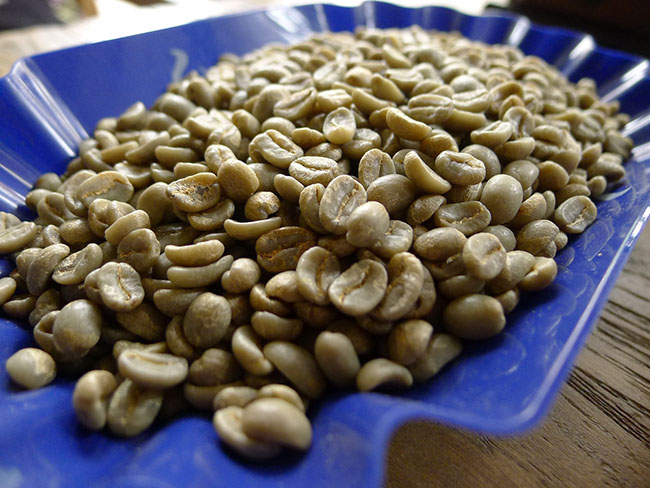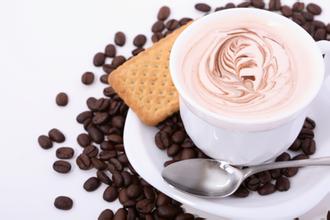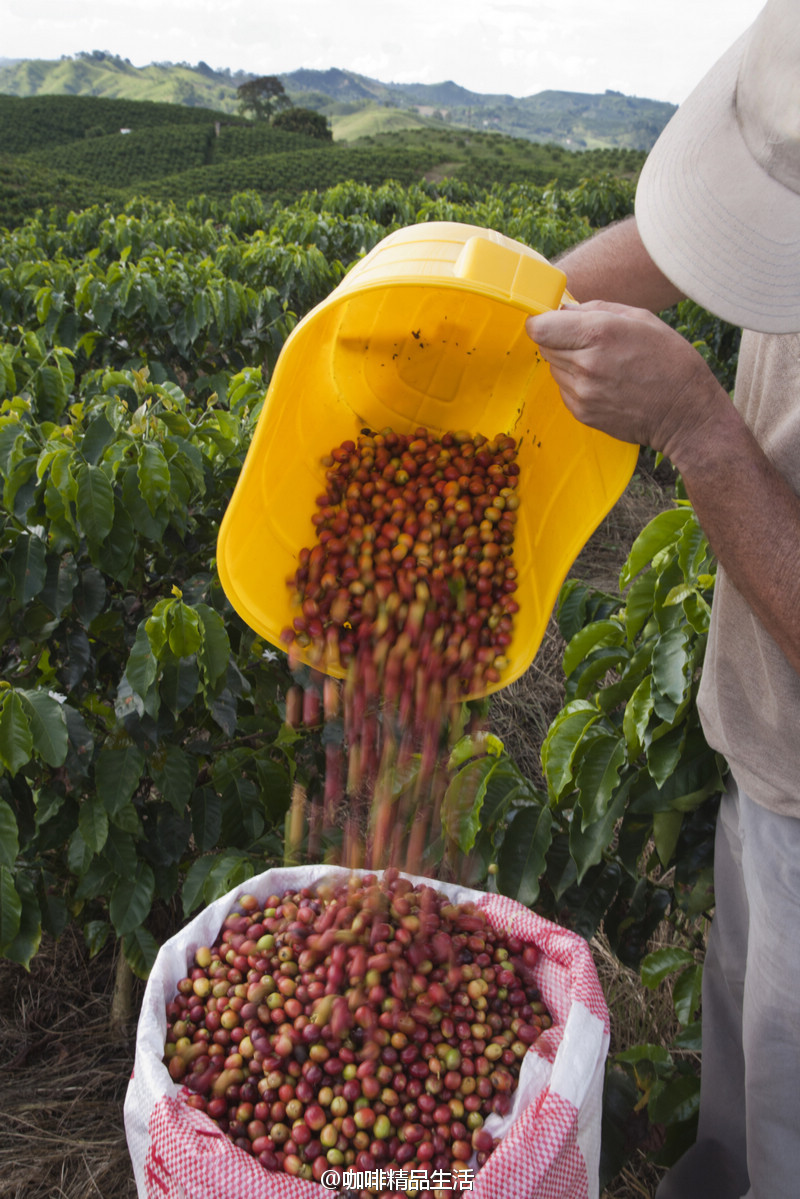Coffee from the Republic of Guatemala was really introduced into Guatemala in 1750.
The Republic of Guatemala (Spanish: Rep ú blica de Guatemala), translated as Guatemala, is a country of Central America, located in the south of the North American continent. It borders the Pacific Ocean to the west, the Caribbean Sea to the east, Mexico to the north, Belize to the northeast, and Honduras and El Salvador to the southeast. Guatemala produces about 3.5 million bags of coffee each year, and raw coffee beans account for 40 per cent of the country's total agricultural exports. This country, which mainly grows and exports coffee, has fertile soil suitable for coffee trees, suitable climate, abundant water resources and high altitude planting height. There are also many well-known producing areas in its territory, such as Antigua, Vivette Nanguo, Koban, Alcatel Nanguo, Attland, New Oriental, St. Marks and so on. Vivette Nango and Antigua are best known to coffee lovers. Located in the tropics, there are many volcanoes in the territory, the northern and eastern coastal plains have a tropical rain forest climate, and the southern mountains have a subtropical climate. The year is divided into two dry and wet seasons, with the wet season from May to October and the dry season from November to April of the following year. The annual precipitation is 2000-3000 mm in the northeast and 500-1000 mm in the south. The forest accounts for half of the country's area and is the location of the best latitude for coffee production. Because coffee is an important cash crop in the area, it has given rise to a rich coffee culture. People drink coffee every day. Most people have a cup of coffee for lunch.

Important Notice :
前街咖啡 FrontStreet Coffee has moved to new addredd:
FrontStreet Coffee Address: 315,Donghua East Road,GuangZhou
Tel:020 38364473
- Prev

Coffee Flavor and Taste Manor in Tanzania introduction to Arusha Coffee Manor
Tanzanian coffee is mostly washed. After picking, coffee farmers will send the coffee fruit to the nearest processing plant for processing. The treatment step of the water washing method is to screen and remove the impurities in the coffee fruit, then remove the coffee pulp and exocarp, send it into the fermentation tank, and remove the pectin layer from the inner pericarp by fermentation. Clean
- Next

Nicaraguan Joy Manor Coffee crisis
The economic and social chaos in Nepal has affected hundreds of thousands of people, whether it is unemployment, the decline in the number of immigrants, and national health problems. A study provided by the Santa Cruz Division of the University of California pointed out that the rate of malnutrition among children in coffee producing areas in Nicaragua accounted for 21%, while the rate of the whole country's people.
Related
- Does Rose Summer choose Blue, Green or Red? Detailed explanation of Rose Summer Coffee plots and Classification in Panamanian Jade Manor
- What is the difference between the origin, producing area, processing plant, cooperative and manor of coffee beans?
- How fine does the espresso powder fit? how to grind the espresso?
- Sca coffee roasting degree color card coffee roasting degree 8 roasting color values what do you mean?
- The practice of lattes: how to make lattes at home
- Introduction to Indonesian Fine Coffee beans-- Java Coffee producing area of Indonesian Arabica Coffee
- How much will the flavor of light and medium roasted rose summer be expressed? What baking level is rose summer suitable for?
- Introduction to the characteristics of washing, sun-drying or wet-planing coffee commonly used in Mantenin, Indonesia
- Price characteristics of Arabica Coffee Bean Starbucks introduction to Manning Coffee Bean Taste producing area Variety Manor
- What is the authentic Yega flavor? What are the flavor characteristics of the really excellent Yejasuffi coffee beans?

